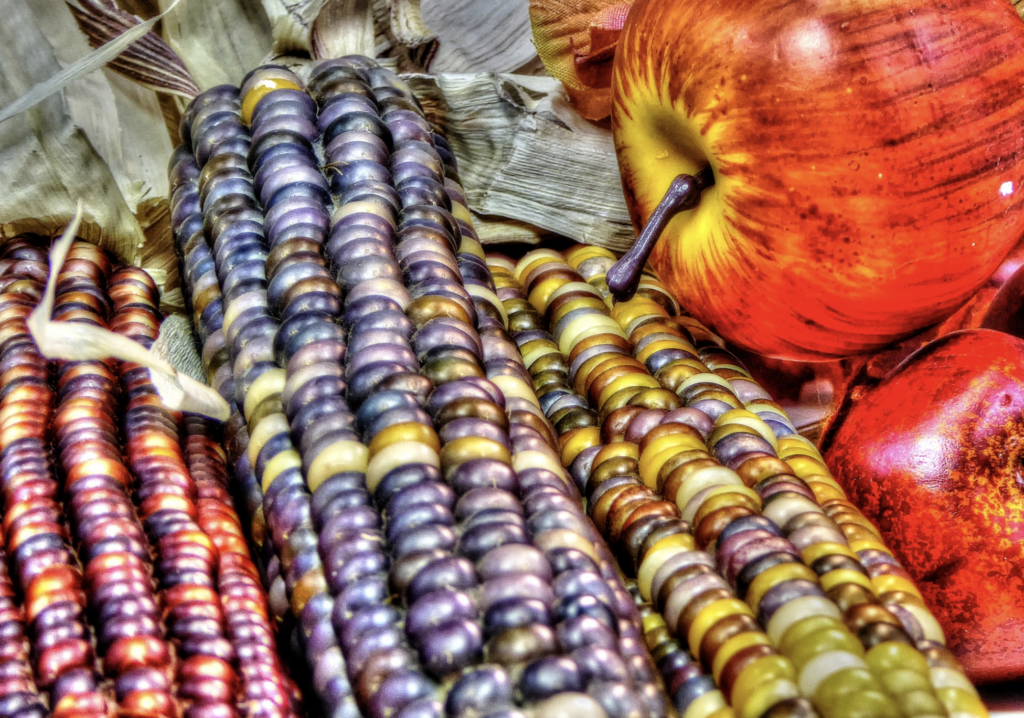Women's Rights & Issues
Related: About this forumWhere Are the Voices of Indigenous Peoples in the Thanksgiving Story?
(interesting read)
Where Are the Voices of Indigenous Peoples in the Thanksgiving Story?
11/21/2022 by Sarah B. Shear
The story many of us grew up learning in school neglects the experiences of the Indigenous nations whose lands were invaded by Europeans, including the Pilgrims.

This article originally appeared in The Conversation on Nov. 25, 2015.
Thanksgiving is an important time, when schools teach the story of who we are and where we come from as a nation. My own students have told me about the Thanksgiving story they learned in school, which focused solely on the survival of the Pilgrims and the friendly meal shared with “Indians.”
In my research and experience as a teacher educator, I have found social studies curricular materials (textbooks and state standards) routinely place Indigenous peoples in a troubling narrative that promotes “Manifest Destiny”—the belief that the creation of the United States and the dominance of white American culture were destined and that the costs to others, especially to Indigenous peoples, were justified. As we consider history and its place in our schools, it is important to ask: How do state-mandated history standards represent Indigenous peoples in social studies education? And, in this season of “Thanksgiving,” should we revise curriculums to be more accurate and culturally relevant?
. . . . .
Bringing This to Thanksgiving
Francis Rains, a scholar of Native American studies and history at Evergreen State College, and Karen Swisher, an education scholar and former president of Haskell Indian Nations University, have asked teachers to consider the following when teaching about Indigenous peoples:
We believe that we should be asking what should be taught, when it should be taught, and how it should be taught. Perhaps most importantly, we should be asking, Why are we teaching about “Indians” or “Native Americans”?
. . . . .
As Francis Rains reflected:
In social studies we have an opportunity to invite students to rethink things, to offer alternatives, even of past events, as a means of learning. As citizens of a country that prides itself on justice and democracy, we have an opportunity to help students understand the consequences of when justice and/or democracy fails.
https://msmagazine.com/2022/11/21/indigenous-native-history-thanksgiving/
GreenWave
(8,999 posts)The conquerors change history right before our eyes.